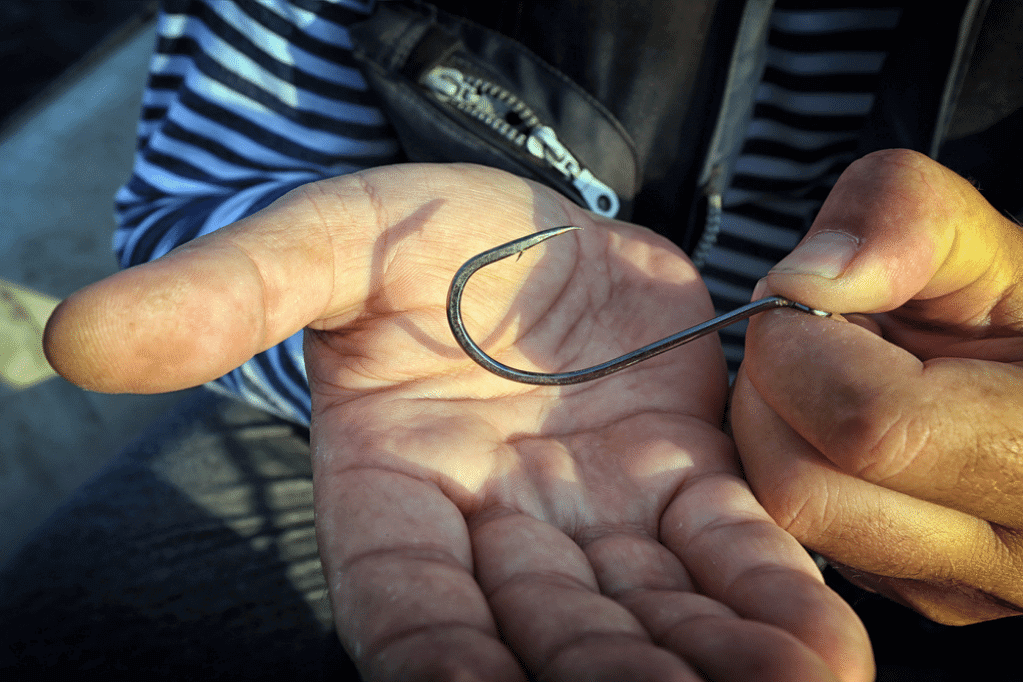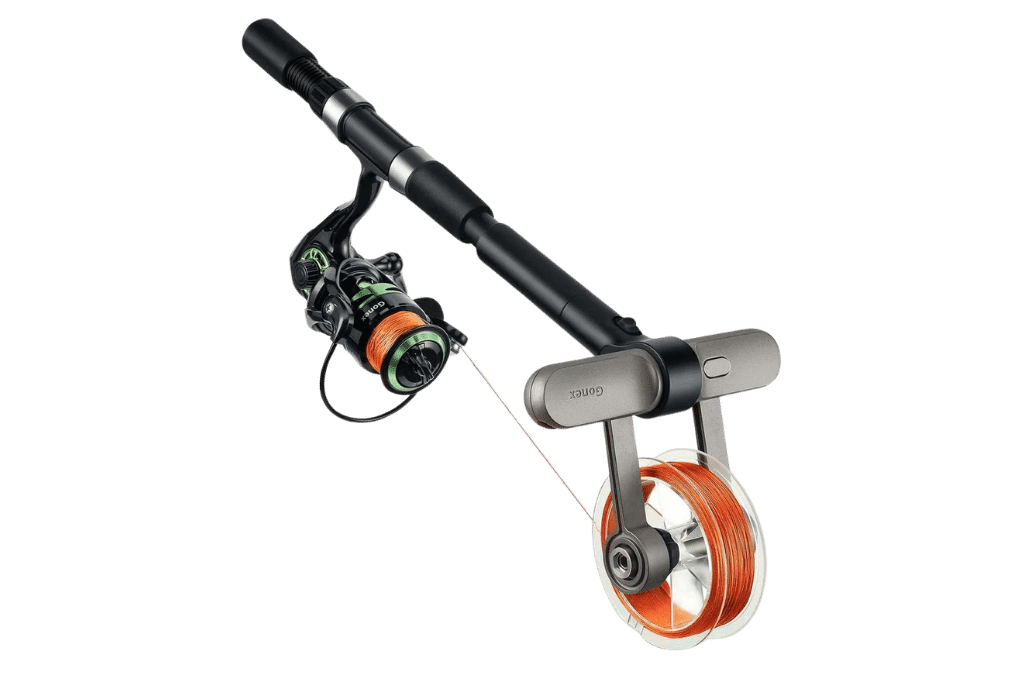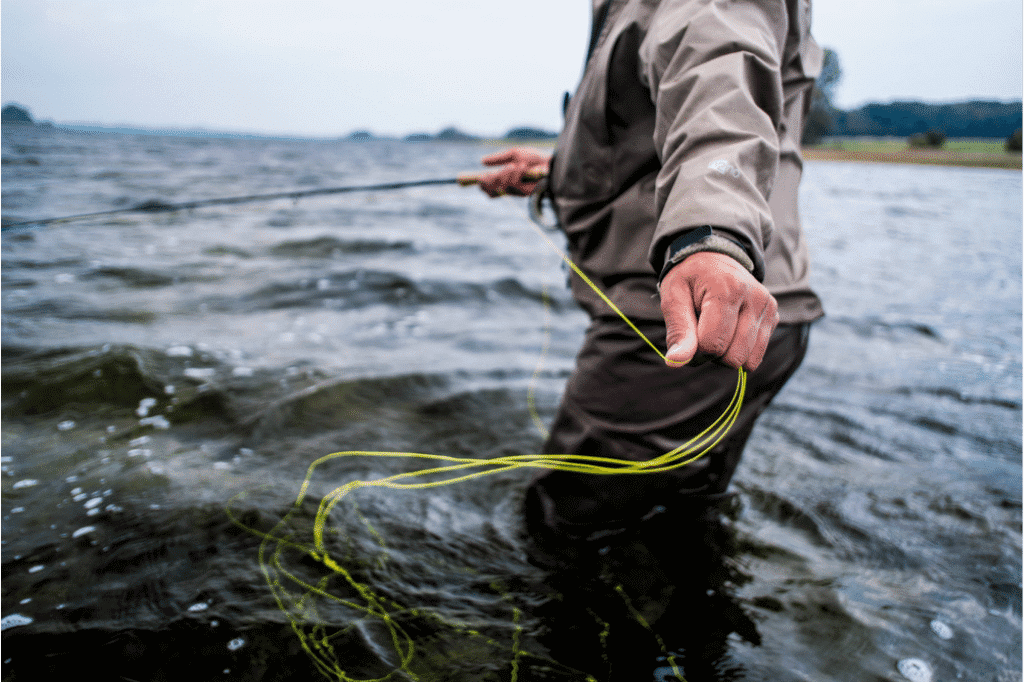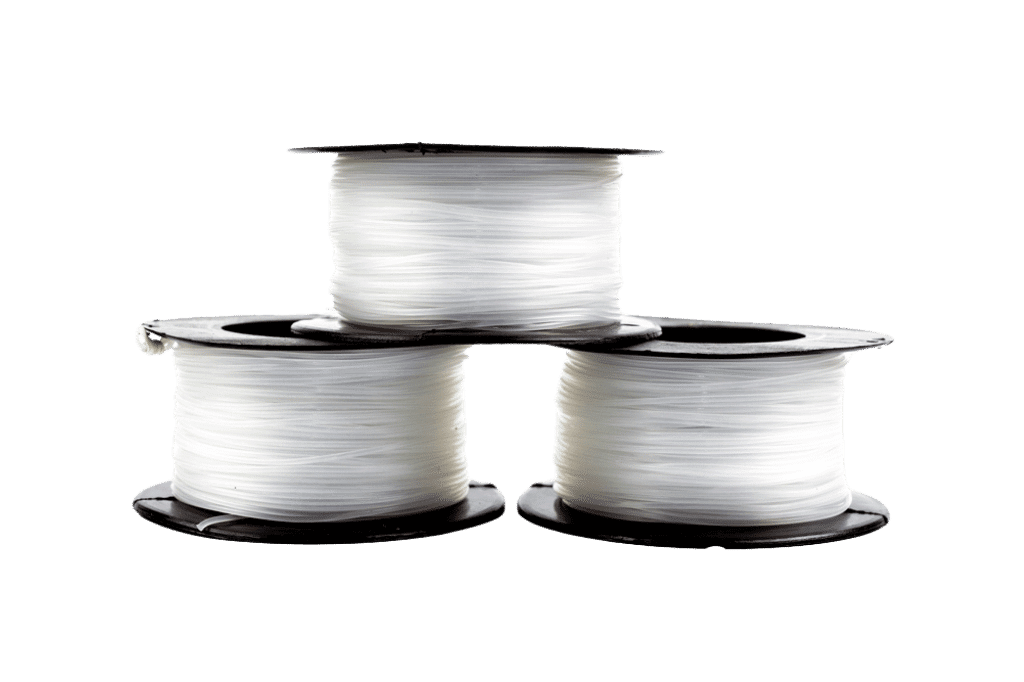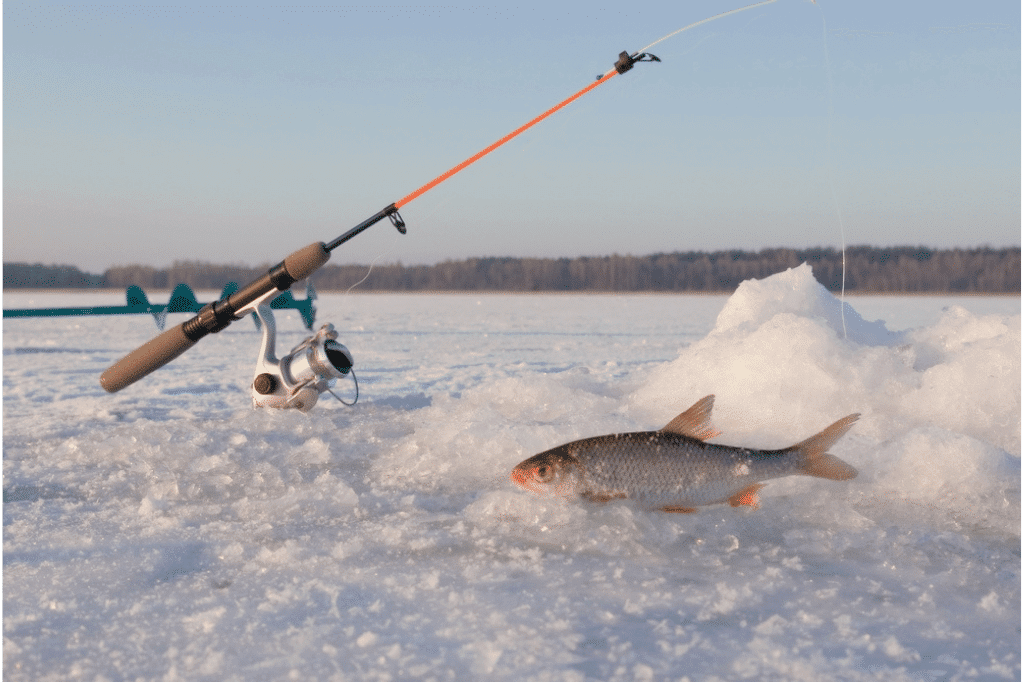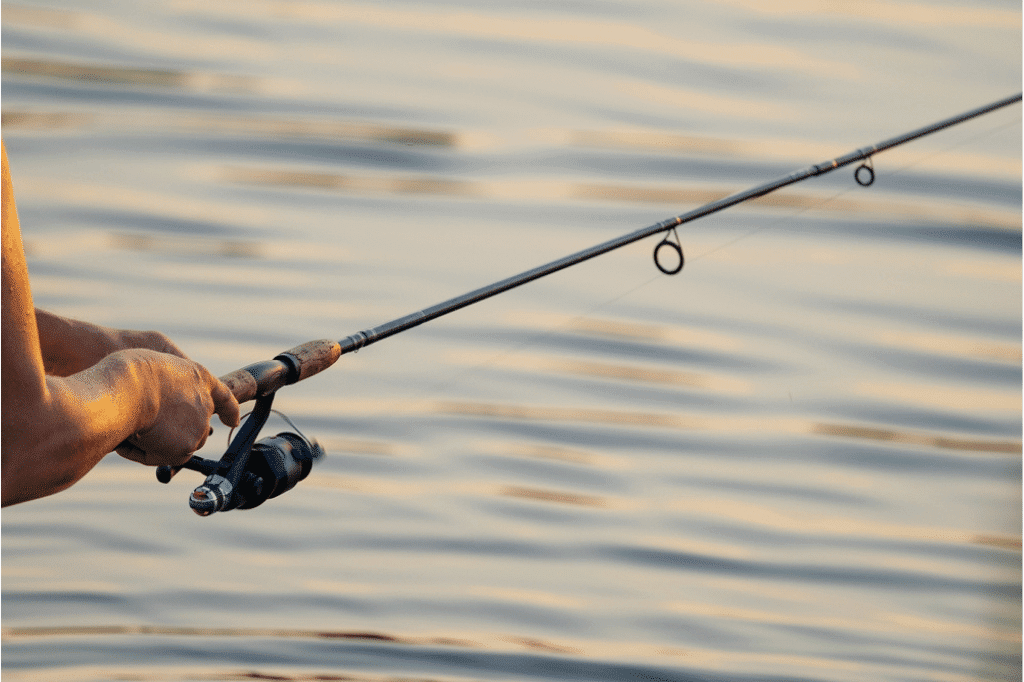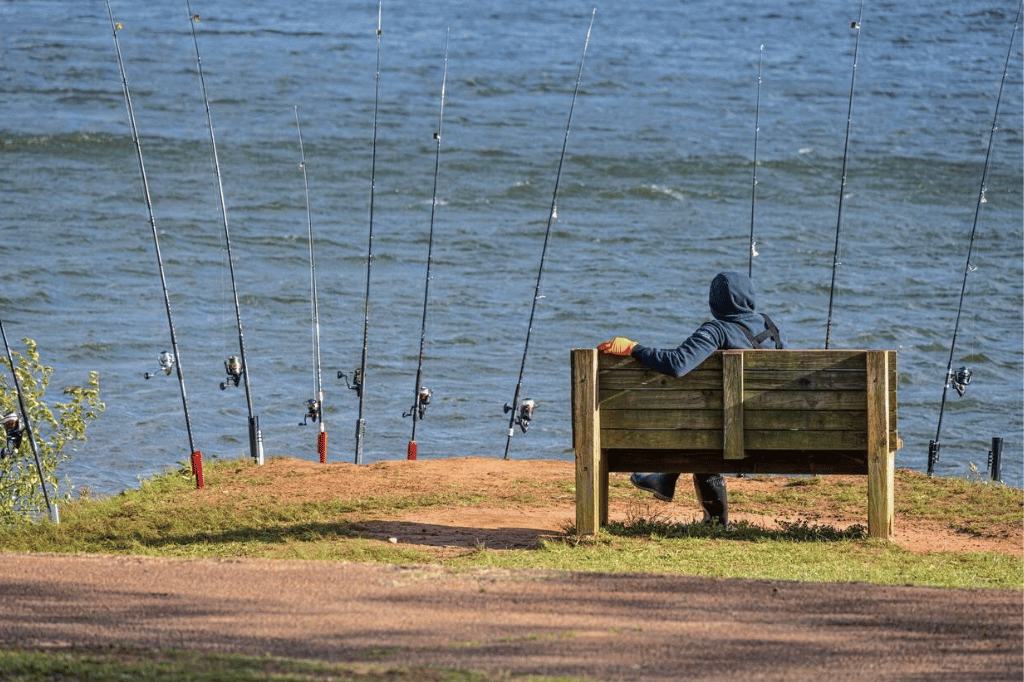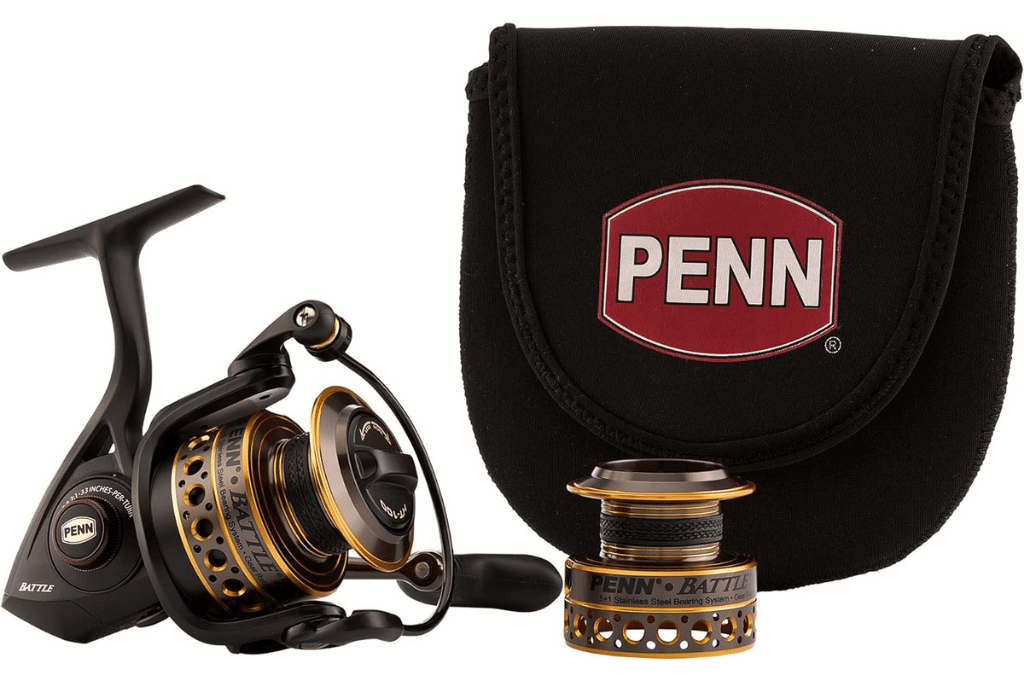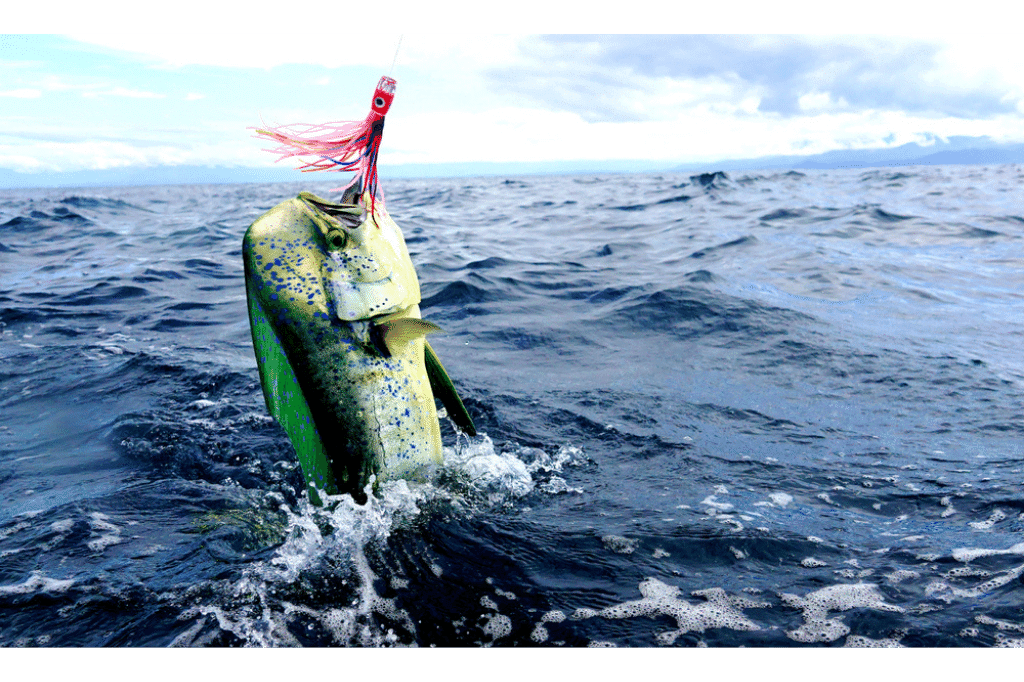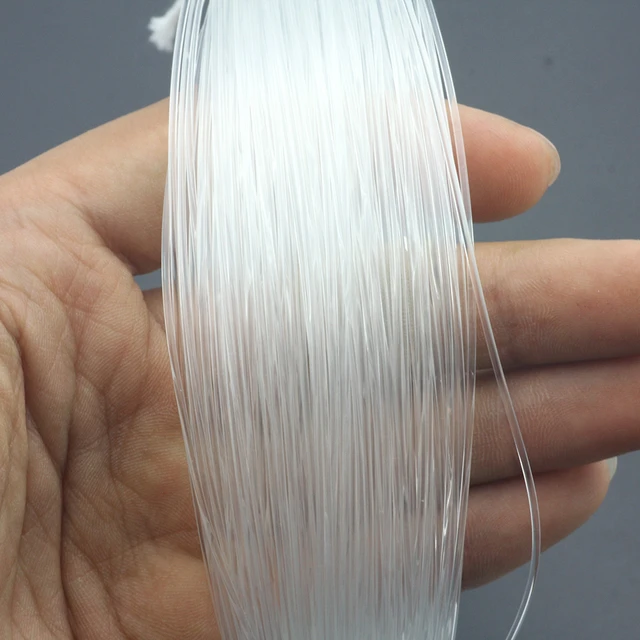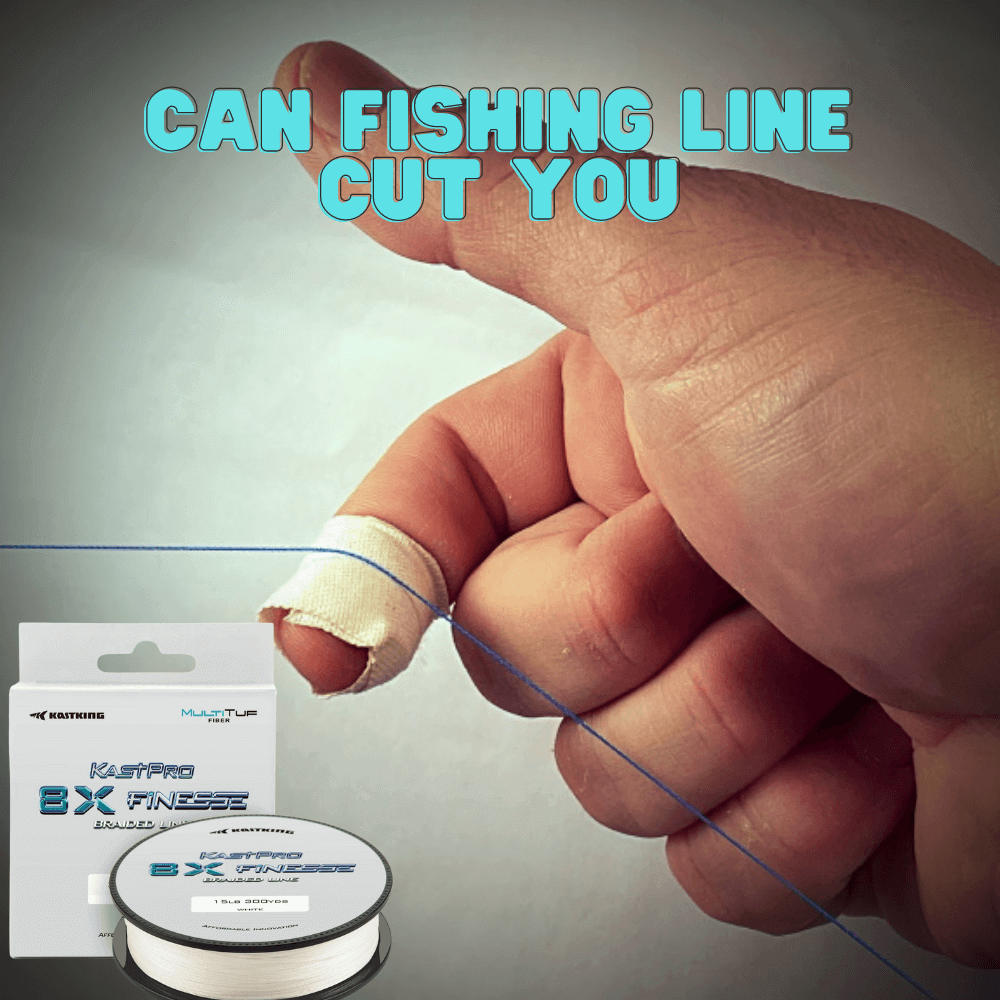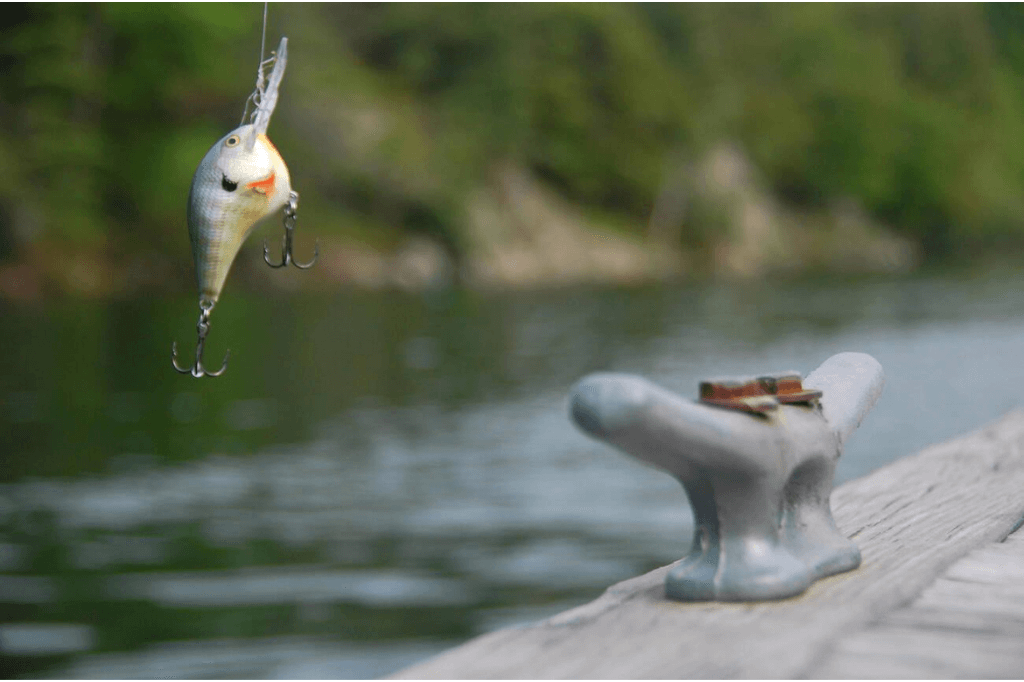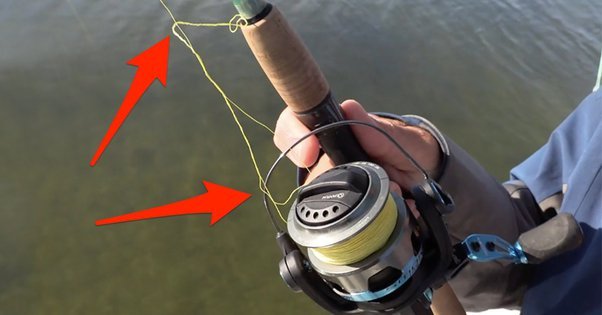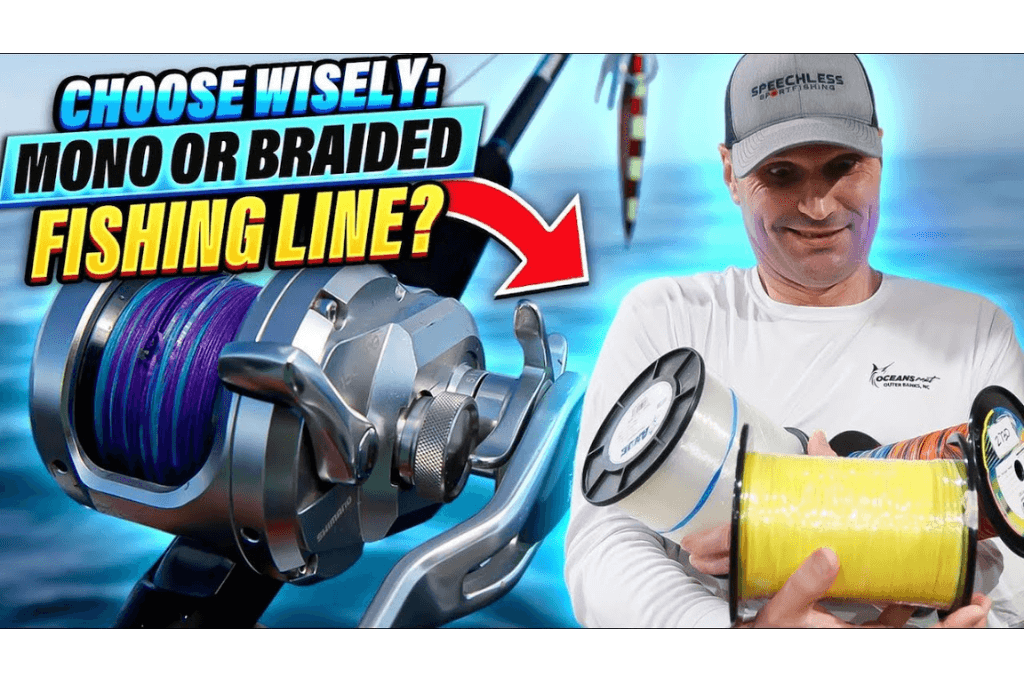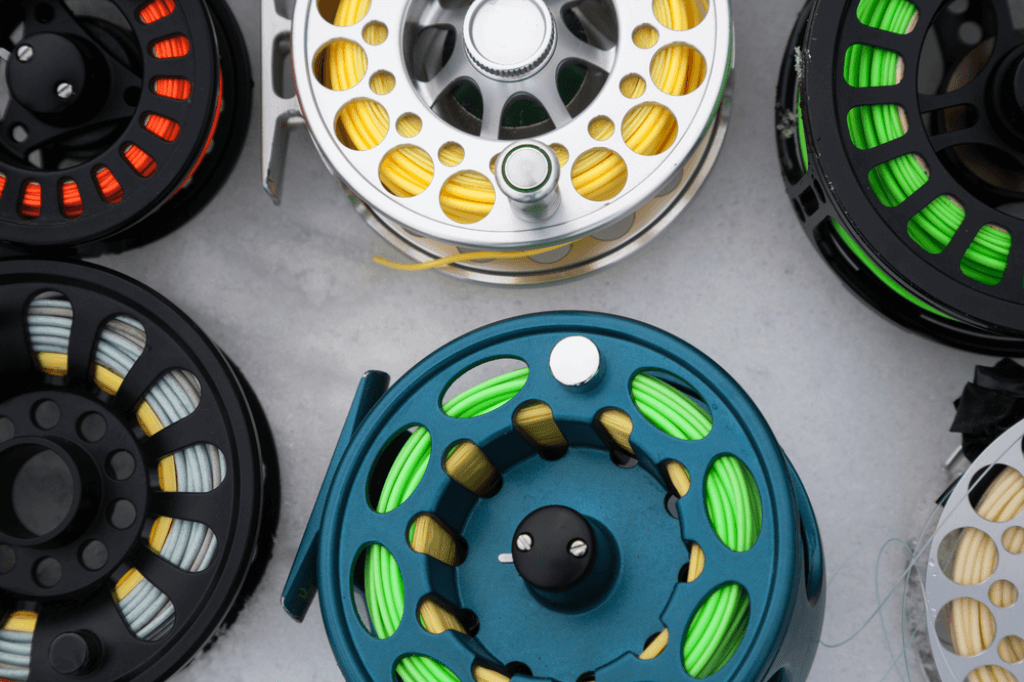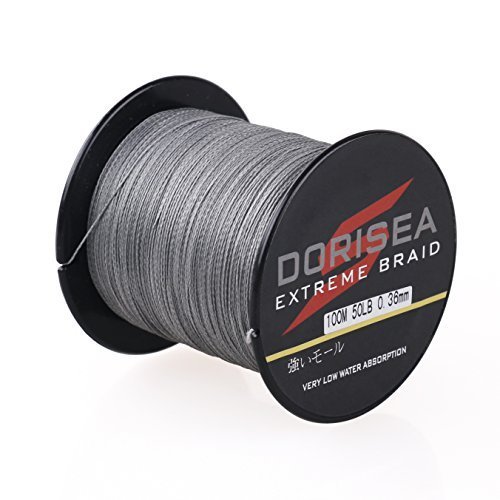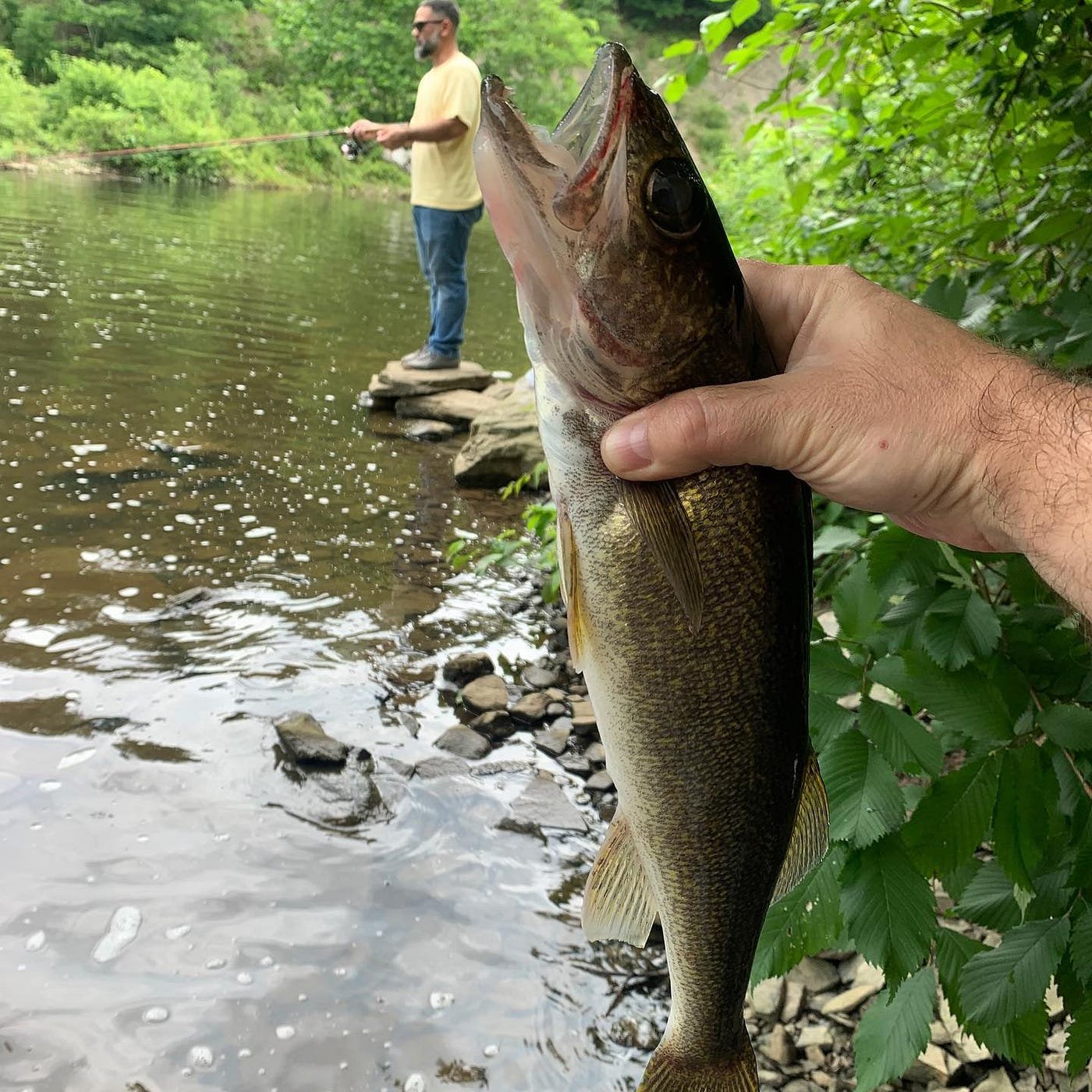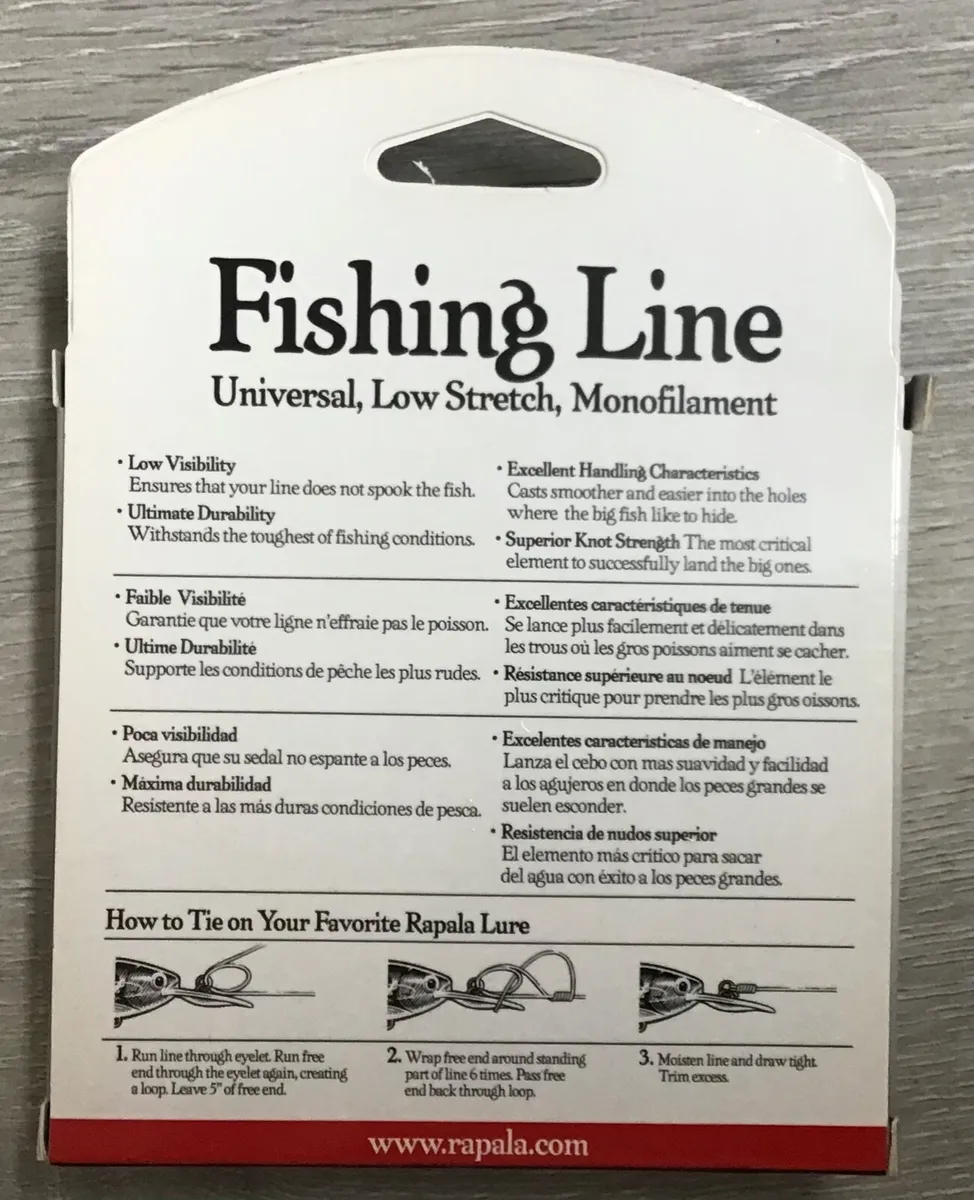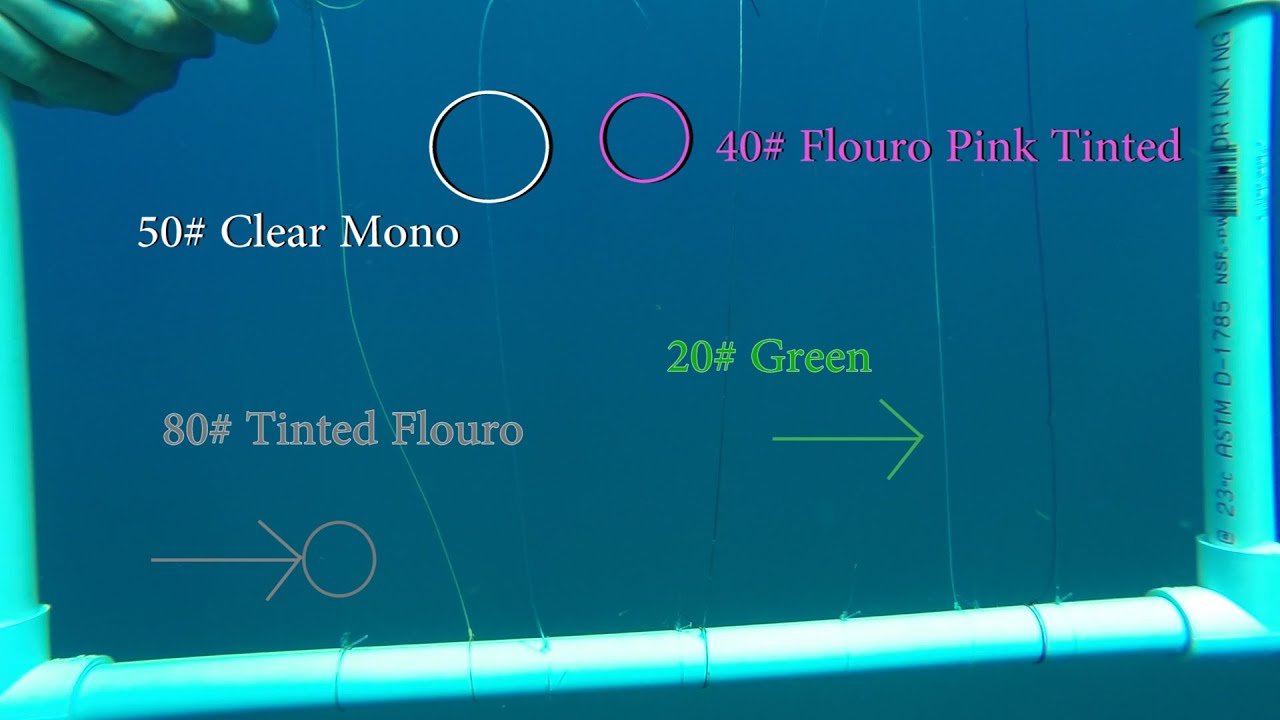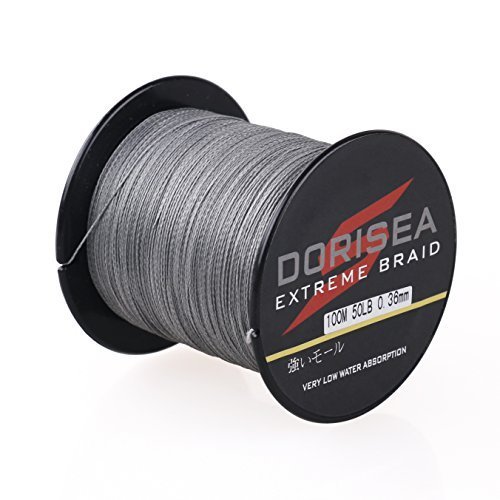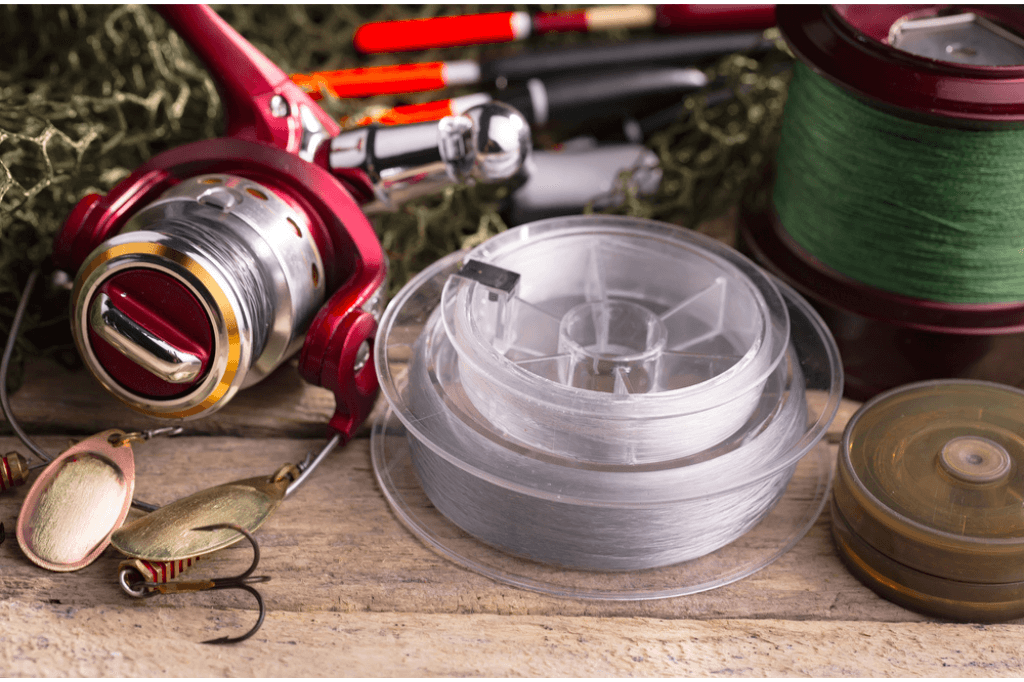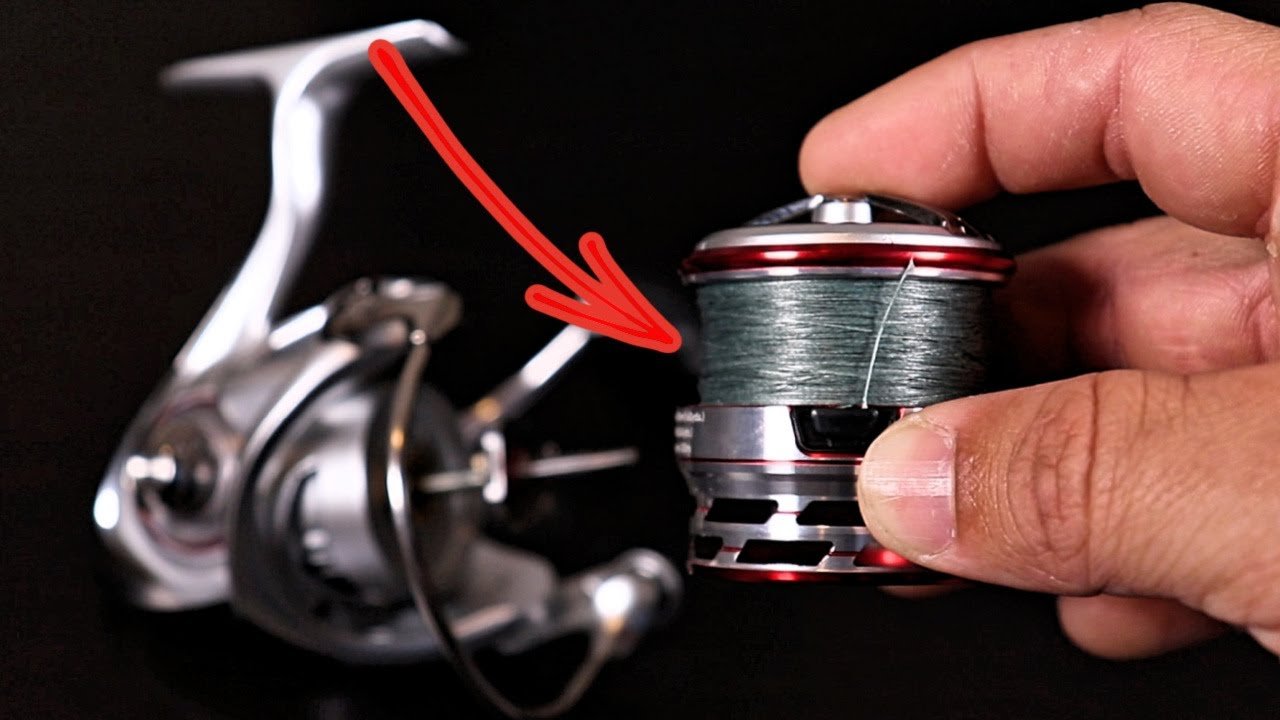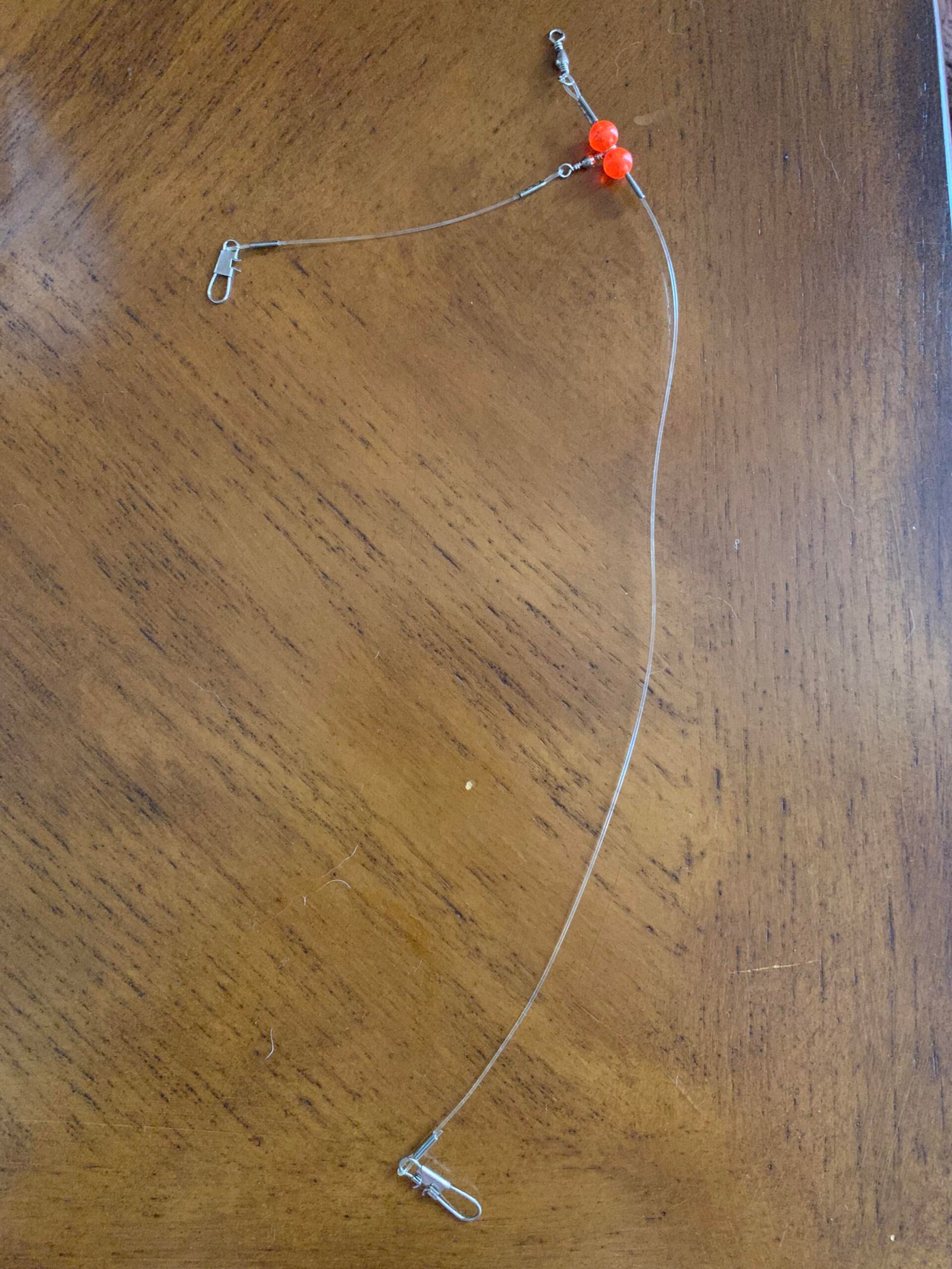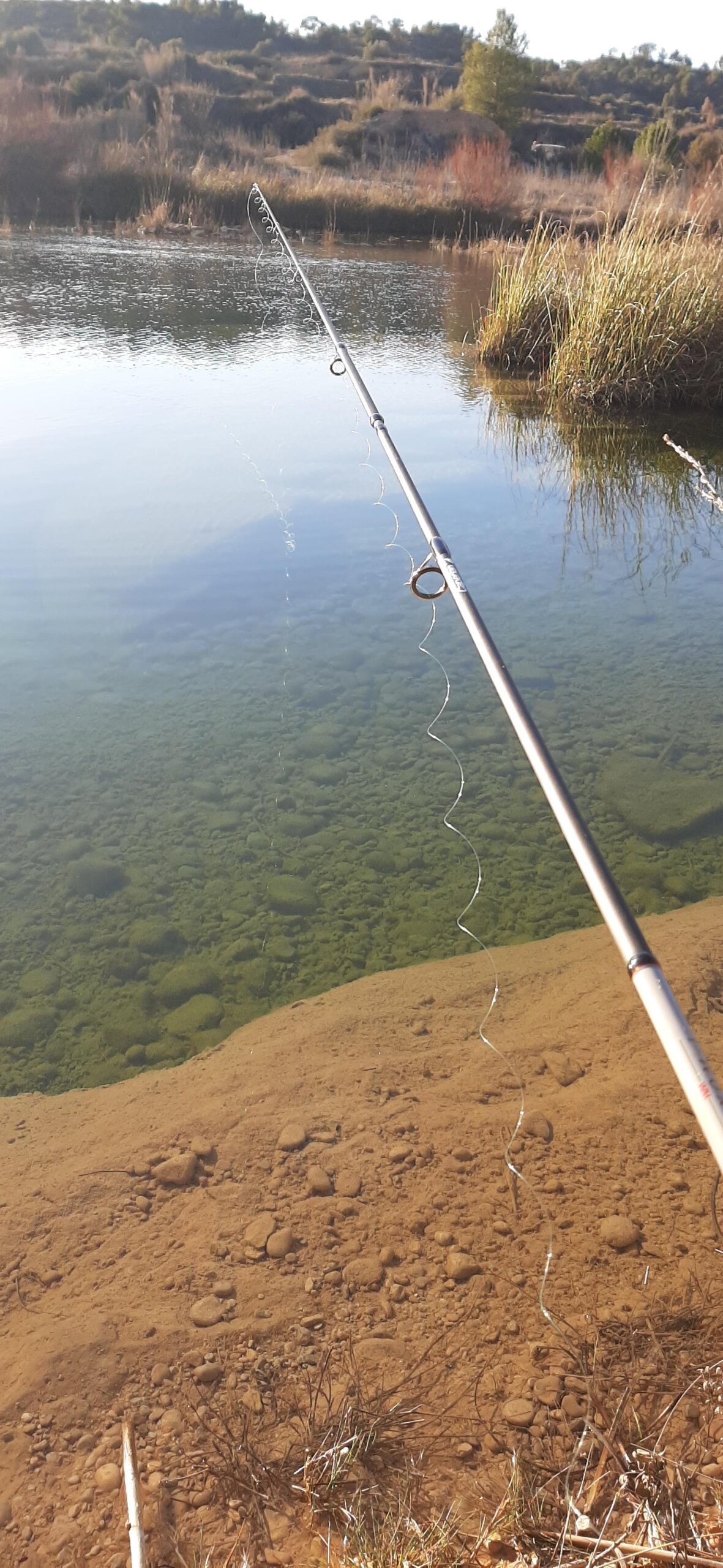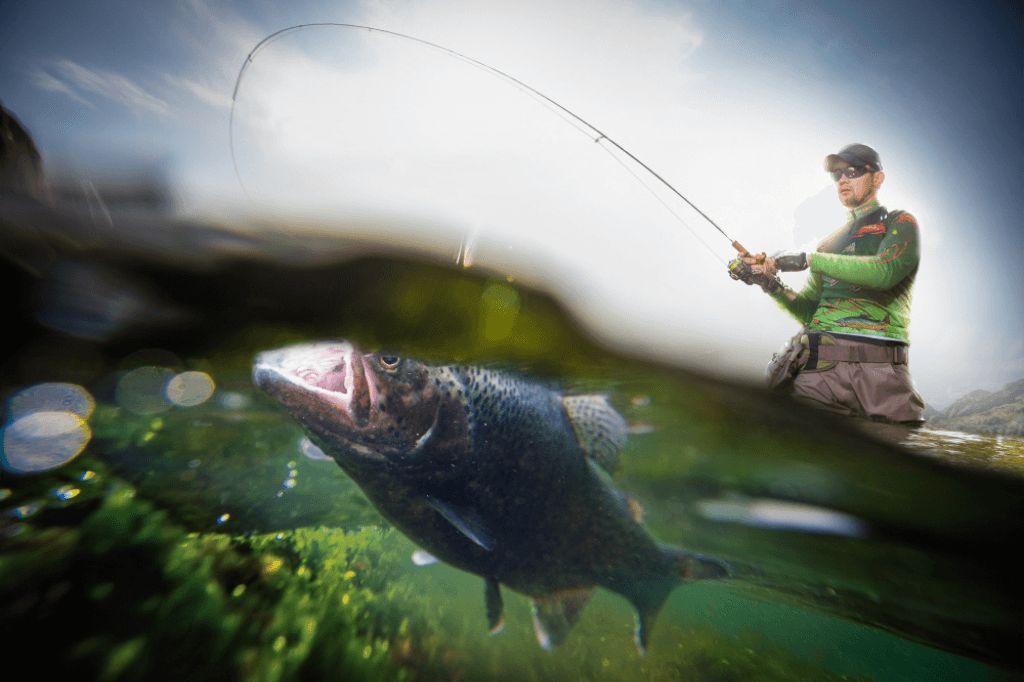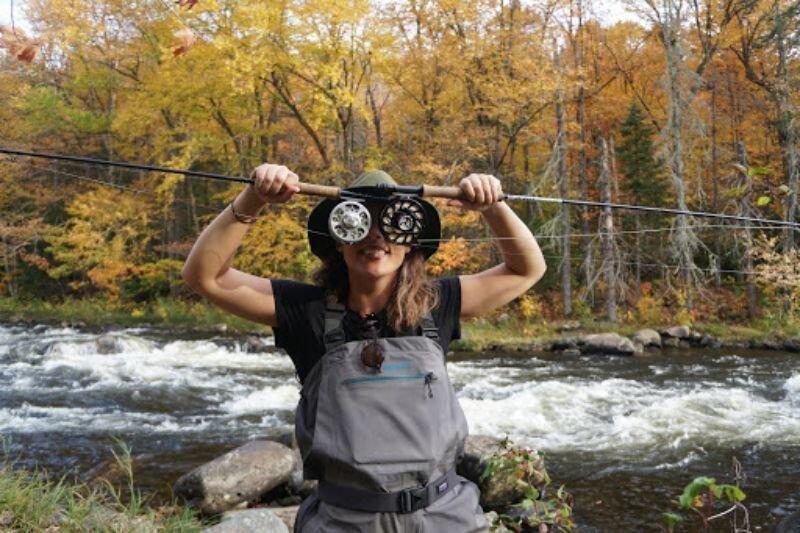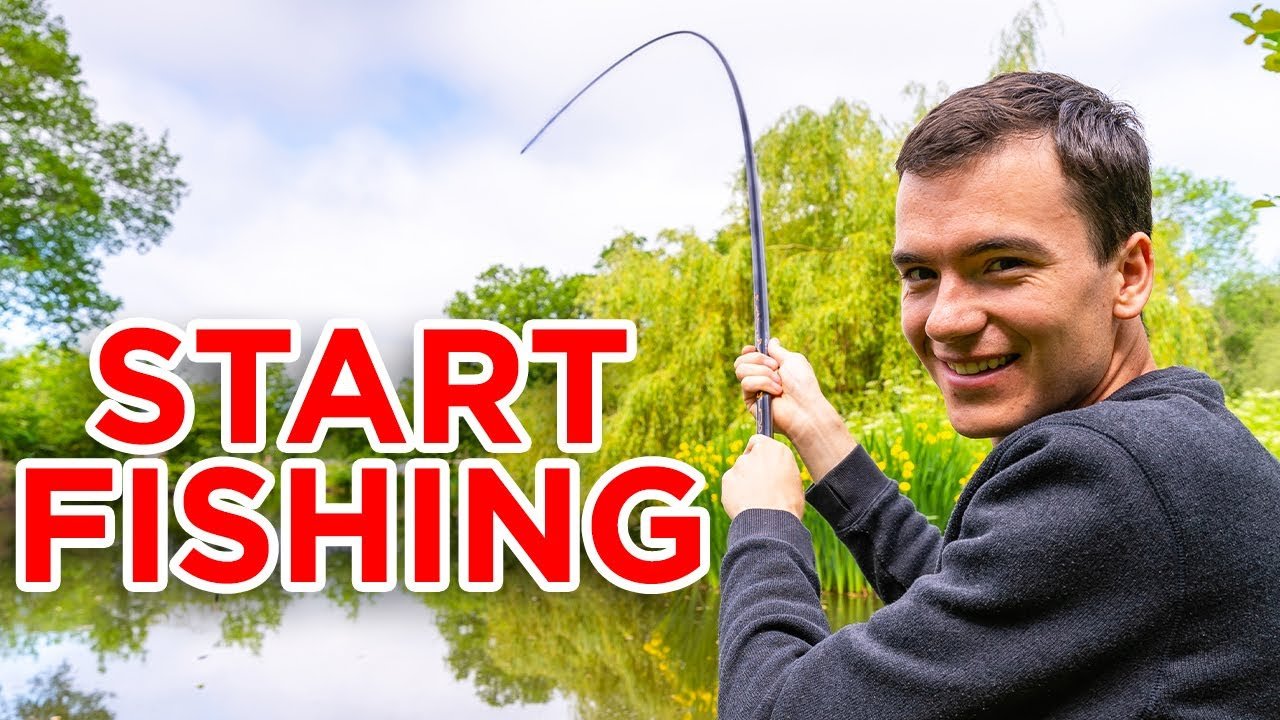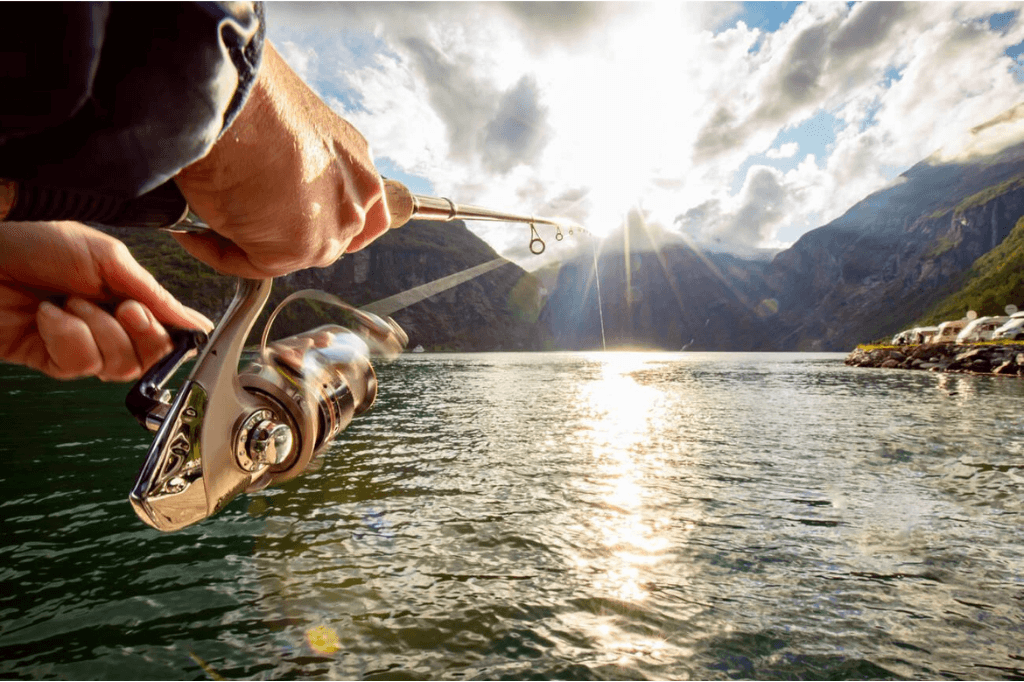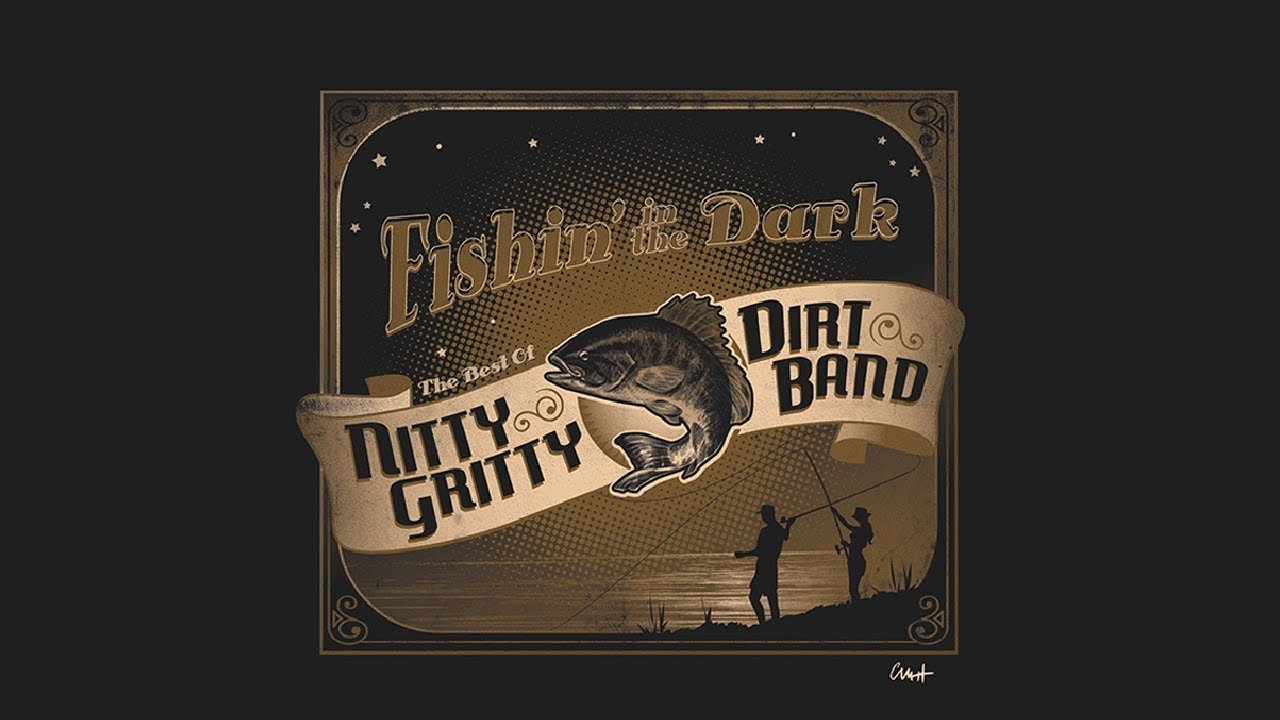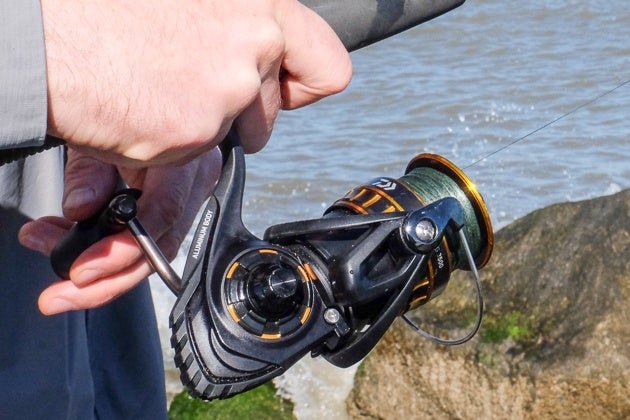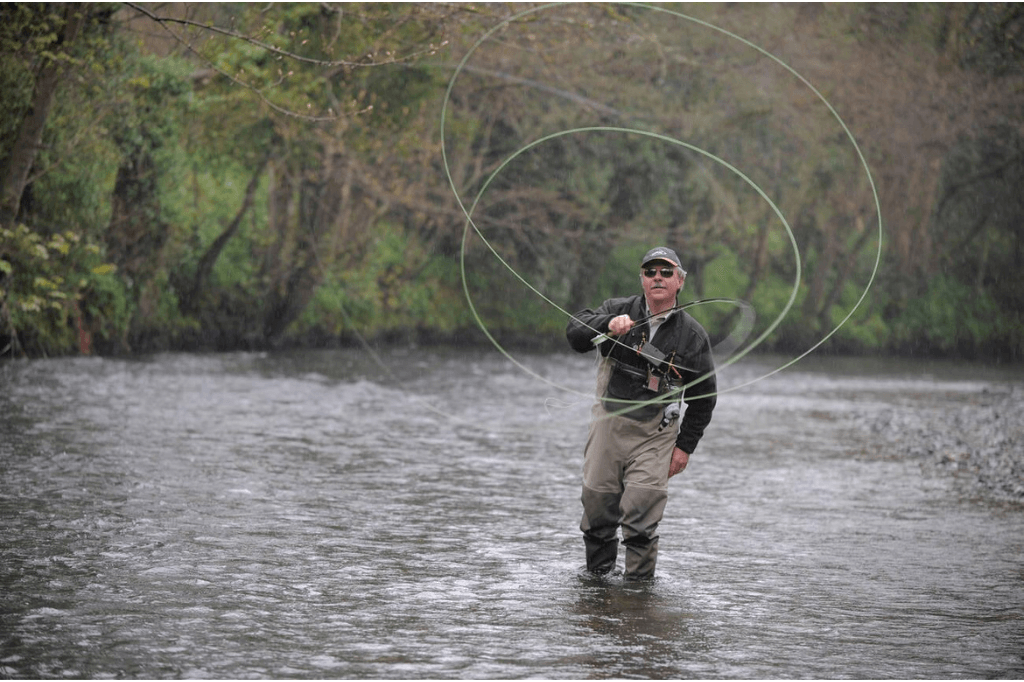Fishing hooks play a crucial role in the success of any fishing trip. Choosing the right hook can make the difference between catching a trophy fish and going home empty-handed. Hooks vary in size, shape, and material, catering to different types of fish and fishing techniques.
Knowing which hook to use requires understanding the species you are targeting and the environment you are fishing in. Whether you are a novice angler or a seasoned pro, mastering the basics of fishing hooks can significantly enhance your fishing experience. Investing in quality hooks ensures better performance and increases your chances of a successful catch.
History And Evolution Of Fishing Hooks
The history and evolution of fishing hooks is a captivating journey. Fishing hooks have transformed over millennia, adapting to the needs of different cultures and technological advancements. This section delves into their early beginnings and modern innovations, showcasing how these essential tools have evolved.
Early Beginnings
Fishing hooks date back thousands of years. Early humans crafted hooks from bones, shells, and wood. These primitive hooks were effective for catching fish in rivers and lakes. Ancient Egyptians, Greeks, and Romans used bronze and iron hooks. Their designs were simple but functional. The hooks had barbs to secure the catch.
In Asia, early fishing hooks were made from animal bones and turtle shells. These hooks were meticulously crafted to ensure durability. Some cultures also used plant materials to create fishing lines.
| Material | Culture | Era |
|---|---|---|
| Bone | Ancient Egyptians | 2000 BC |
| Bronze | Ancient Greeks | 1000 BC |
| Iron | Romans | 500 BC |
Modern Innovations
Modern fishing hooks have seen significant advancements. Today, hooks are made from high-carbon steel, stainless steel, and other alloys. These materials offer strength and corrosion resistance. Modern hooks feature chemically sharpened points for better penetration.
Innovations include barbless hooks, which reduce harm to fish. Circle hooks have become popular for catch-and-release fishing. These hooks are designed to catch fish in the mouth corner, making release easier.
- High-carbon steel: Strong and durable.
- Stainless steel: Resistant to rust and corrosion.
- Chemically sharpened points: Enhanced penetration.
- Barbless hooks: Minimize harm to fish.
- Circle hooks: Ideal for catch-and-release.
The evolution of fishing hooks reflects human ingenuity and respect for nature. These innovations continue to shape the fishing experience for anglers worldwide.
Materials And Manufacturing
Fishing hooks have come a long way from their humble beginnings. The materials and manufacturing processes used today ensure durability and efficiency. This section will explore the traditional crafting methods, contemporary materials, and the production processes of fishing hooks.
Traditional Crafting
Fishing hooks were originally made from natural materials. Early hooks were often crafted from bone, wood, and even stone. These materials were abundant and easy to shape. Ancient cultures used these hooks for both survival and sport.
Crafting these hooks required skill and patience. The craftsmen would spend hours shaping and sharpening each piece. This process ensured the hook would catch and hold the fish effectively. These traditional methods laid the groundwork for modern hook manufacturing.
Contemporary Materials
Today, fishing hooks are made from various high-tech materials. Stainless steel, carbon steel, and high-carbon steel are common choices. These materials offer strength and corrosion resistance. They ensure the hook remains sharp and durable even in harsh conditions.
Some hooks are coated with special finishes. Teflon and nickel coatings help reduce friction and improve penetration. These coatings also protect the hook from rust and wear. The use of contemporary materials has significantly improved the performance of fishing hooks.
Production Processes
Modern manufacturing processes have revolutionized hook production. Mass production techniques allow for consistent quality and precision. Here is a simplified overview of the production process:
- Material Selection: High-quality steel is chosen for its strength and durability.
- Shaping: The steel is cut and shaped into the desired hook form using specialized machinery.
- Sharpening: The hook points are sharpened to ensure they can pierce the fish easily.
- Coating: The hooks are coated with protective layers to prevent rust and improve performance.
- Quality Control: Each hook undergoes rigorous testing to ensure it meets industry standards.
These steps ensure every hook is reliable and efficient. The combination of advanced materials and precise manufacturing techniques guarantees a high-quality product.
Types Of Fishing Hooks
Fishing hooks come in many shapes and sizes. Each type has a unique purpose. Using the right hook can make a big difference. Let’s explore some common types of fishing hooks.
J-hooks
J-Hooks are the most popular type. They are shaped like the letter “J”. These hooks are easy to use. Many beginners start with J-Hooks. They are great for catching a variety of fish.
| Feature | Description |
|---|---|
| Shape | Letter “J” |
| Usage | Beginners and versatile fishing |
Circle Hooks
Circle Hooks are designed to hook fish in the corner of the mouth. They are less likely to be swallowed by the fish. This makes them a good choice for catch-and-release fishing. Circle Hooks reduce injury to the fish.
- Safe for fish
- Good for catch-and-release
- Reduces deep hooking
Treble Hooks
Treble Hooks have three points. They are great for use with lures. The three points increase the chance of hooking a fish. Treble Hooks are often used for catching larger fish. They are also common in freshwater and saltwater fishing.
- Three points
- Ideal for lures
- Effective for large fish
Specialized Variants
Specialized Hooks are designed for specific types of fishing. Some examples include fly fishing hooks and weedless hooks. Fly fishing hooks are lightweight and small. They are used in fly fishing to mimic insects. Weedless hooks have a guard to prevent snagging on plants. They are perfect for fishing in areas with heavy vegetation.
| Type | Best Use |
|---|---|
| Fly Fishing Hooks | Imitating insects |
| Weedless Hooks | Fishing in vegetation |
Size Matters: Choosing The Right Hook
Fishing hooks come in many sizes. Picking the right size is crucial for successful fishing. The hook size affects your catch rate. It is important to match the hook size to your bait and target species.
Hook Size Charts
Hook sizes can be confusing. Different brands use different numbering systems. A hook size chart can help. Below is a simple chart to guide you:
| Hook Size | Common Use |
|---|---|
| 12-14 | Small fish, like panfish |
| 6-10 | Medium fish, like bass |
| 1-4 | Large fish, like catfish |
| 1/0-5/0 | Very large fish, like pike |
Species-specific Selection
Different fish species need different hook sizes. Here are some examples:
- Trout: Use size 10-14 hooks. Trout have small mouths.
- Bass: Use size 6-10 hooks. Bass have medium-sized mouths.
- Catfish: Use size 1-4 hooks. Catfish have large mouths.
- Pike: Use size 1/0-5/0 hooks. Pike have very large mouths.
Choosing the right hook size helps you catch more fish. It makes fishing more enjoyable.
Matching Bait To Hook Size
Matching bait to hook size is essential. Small bait needs small hooks. Large bait needs large hooks. Here are some tips:
- Worms: Use size 6-10 hooks. Worms are medium-sized bait.
- Minnows: Use size 1-4 hooks. Minnows are larger bait.
- Insects: Use size 12-14 hooks. Insects are small bait.
- Artificial Lures: Match the lure size to the hook size. Follow the lure packaging guidelines.
Using the right hook size improves your chances of a good catch. It ensures the bait presents well. This makes fish more likely to bite.
Anatomy Of A Fishing Hook
Understanding the anatomy of a fishing hook is essential for any angler. A fishing hook has several parts, each with a specific purpose. Knowing these parts helps in choosing the right hook for your fishing needs.
Parts Explained
The fishing hook has several parts. Each part has a unique function:
- Eye: The loop where you tie your fishing line.
- Shank: The straight part from eye to bend.
- Bend: The curved section of the hook.
- Point: The sharp tip that penetrates the fish.
- Barb: The small projection below the point. It keeps the fish on the hook.
Hook Gauges
Hook gauges refer to the thickness of the wire used to make the hook. Thicker hooks are stronger but less flexible. Thinner hooks are more flexible but may break easily.
| Gauge | Strength |
|---|---|
| Thick | Strong, less flexible |
| Thin | Less strong, more flexible |
Point Styles
The point style of a hook affects its performance. Different point styles work best for different fishing situations.
- Spear Point: A straight, simple point. Good for general use.
- Needle Point: A long, sharp point. Penetrates easily.
- Hollow Point: A curved point. Ideal for bait fishing.

Hook Sharpness And Maintenance
Ensuring your fishing hook remains sharp is crucial for a successful catch. A dull hook can lead to missed opportunities and frustration. Proper maintenance and care of your fishing hooks will keep them in top condition.
Testing Sharpness
Testing the sharpness of your hook is simple. Drag the point lightly across your fingernail. A sharp hook will catch and dig in immediately. If it slides without catching, it needs sharpening.
Sharpening Techniques
There are several ways to sharpen a dull hook. You can use a hook file or a whetstone. Hold the hook firmly and stroke the file across the point. Do this at a consistent angle, usually around 20 degrees.
Another method involves using a hook sharpener. These are small, portable tools designed specifically for fishing hooks. They usually have a groove to guide the hook point, ensuring an even sharpen.
Remember to check your hook’s sharpness after each session. Regular sharpening keeps your hooks in optimal condition.
Storage And Care
Proper storage is essential for maintaining hook sharpness. Store your hooks in a dry, cool place. Moisture can cause rust, which dulls the hook.
Consider using a hook organizer or a tackle box. These keep your hooks separate and prevent them from knocking against each other.
For added protection, coat your hooks with a thin layer of oil. This prevents rust and keeps them sharp.
| Technique | Tools Needed | Steps |
|---|---|---|
| Testing Sharpness | None | Drag across fingernail |
| Sharpening | Hook file, whetstone, hook sharpener | File at 20-degree angle |
| Storage | Hook organizer, tackle box, oil | Store in dry, cool place; coat with oil |
By following these tips, you can maintain the sharpness of your fishing hooks. This ensures better performance on your fishing trips.
Setting The Hook: Techniques And Timing
Setting the hook is a critical skill in fishing. A well-timed and well-executed hook set can make the difference between a successful catch and a missed opportunity. This section will explore various striking methods, handling difficult catches, and catch and release considerations to help you become a more efficient angler.
Striking Methods
There are several techniques to strike when you feel a fish bite. The quick jerk is a popular method. This involves a swift, upward motion of the rod. The sweep set is another technique. This method uses a long, sweeping motion to set the hook. The drop-back method is useful for cautious fish. Let the line slack for a moment, then set the hook with a quick pull.
Choosing the right technique depends on the type of fish and the fishing environment. Practice each method to see which one works best for you.
Handling Difficult Catches
Sometimes, you hook a particularly tough fish. Patience is key in these situations. Keep a steady tension on the line. Avoid jerky movements that could dislodge the hook. Use the rod’s flexibility to your advantage. Let the rod absorb the fish’s movements.
If the fish dives deep, raise the rod slowly. If it jumps, lower the rod tip to keep the line tight. Always be prepared for sudden movements. A calm, steady approach increases your chances of landing the fish.
Catch And Release Considerations
Catch and release fishing helps conserve fish populations. To practice it effectively, use barbless hooks. These hooks are easier to remove and cause less harm. Handle the fish gently. Wet your hands before touching the fish to protect its slime coating. Minimize the fish’s time out of water. Quickly unhook and release it.
Revive the fish if necessary. Hold it upright in the water until it swims away. Following these steps ensures the fish has the best chance of survival.
Regulations And Environmental Considerations
Fishing hooks play a crucial role in the sport of fishing. Understanding the regulations and environmental considerations is key for responsible anglers. This section delves into legal restrictions, biodegradable options, and fishing ethics.
Legal Restrictions
Every region has specific legal restrictions regarding fishing hooks. These rules protect fish populations and the environment.
- Some areas ban certain types of hooks to protect specific fish species.
- Barbless hooks are required in many places to reduce fish injury.
- Check local regulations to avoid fines and contribute to conservation efforts.
Biodegradable Options
Traditional fishing hooks can harm the environment. They take a long time to break down.
Biodegradable hooks offer a solution. These hooks decompose faster and are safer for wildlife.
| Material | Decomposition Time | Environmental Impact |
|---|---|---|
| Traditional Metal | Years | High |
| Biodegradable Polymer | Months | Low |
Using biodegradable hooks is a simple change. It makes a big difference for the environment.
Fishing Ethics
Fishing ethics are essential for preserving fish populations and habitats.
- Catch and release practices help maintain fish populations.
- Use proper handling techniques to reduce fish stress and injury.
- Follow local guidelines and respect wildlife.
Responsible anglers ensure the sport remains sustainable. They protect the environment for future generations.
Advanced Tips For Experienced Anglers
Experienced anglers always seek to refine their techniques. Mastering advanced tips for fishing hooks can make a significant difference. Here, we dive into some expert advice that can elevate your fishing game.
Customizing Hooks
Customizing your hooks can give you a competitive edge. Consider the following tips:
- Sharpen Your Hooks: A sharp hook penetrates better. Use a file or hook sharpener.
- Bend the Hook: Slightly bending the hook can improve its holding power. Be careful not to weaken it.
- Change Hook Size: Match the hook size to the bait. This helps in better presentation.
Tournament Tricks
Tournaments require precision and skill. Use these tricks to stay ahead:
- Use Barbless Hooks: They are easier to remove and cause less harm to the fish.
- Quick Hook Sets: Practice setting the hook quickly to avoid losing fish.
- Colour Coordination: Match the hook colour with the bait for a natural look.
Innovative Tactics
Innovation can lead to better catches. Try these tactics:
| Tactic | Benefit |
|---|---|
| Offset Hooks | Improves bait presentation |
| Circle Hooks | Reduces gut hooking |
| Double Hooks | Increases hook-up rate |
By implementing these advanced tips, you can enhance your angling skills. Customize your hooks, use tournament tricks, and adopt innovative tactics. This will help you catch more fish and enjoy your fishing experience even more.
Frequently Asked Questions
What Is The Best Fishing Hook?
The best fishing hook depends on your target fish and fishing technique. Popular choices include J-hooks, circle hooks, and treble hooks.
What Are The 3 Hooks For Fishing?
The three main types of fishing hooks are J-hooks, circle hooks, and treble hooks. J-hooks are versatile and commonly used. Circle hooks reduce fish injury and improve catch rates. Treble hooks have three points and are ideal for catching aggressive fish.
What Size Hook Is Bigger, 4 Or 6?
A size 4 hook is bigger than a size 6 hook. Hook sizes decrease as the number increases.
How Do I Choose A Fish Hook?
Choose a fish hook based on fish size, bait type, and fishing location. Match hook size to fish species. Use sharp, durable hooks. Consider barbed or barbless options.
Conclusion
Choosing the right fishing hook is crucial for a successful fishing trip. Understanding different types and their uses will enhance your skills. Always consider the size, material, and type to match your fishing needs. Happy fishing and may you catch plenty!

